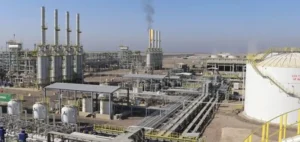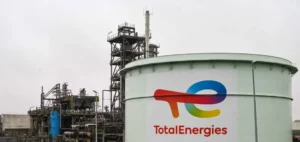The recent data from the U.S. Energy Information Administration (EIA) reveals a smaller-than-expected reduction in commercial crude oil stockpiles in the United States. During the week ending January 3, reserves fell by only one million barrels, whereas analysts had anticipated a two-million-barrel decline, according to a consensus reported by Bloomberg.
This result is attributed to a significant drop in exports, which fell by 20.13% over the week. Similarly, imports decreased, recording a 7.19% decline. These variations offset the increase in refinery activity, with capacity utilization rising from 92.7% to 93.3% during the same period.
Stock Decreases in Cushing and Increases on the Gulf Coast
In detail, stockpiles in Cushing, the main delivery terminal for West Texas Intermediate (WTI), recorded a significant decrease of 2.5 million barrels. However, the U.S. Gulf Coast experienced an increase of 4.9 million barrels, primarily due to reduced exports.
Despite this reduction, national crude oil production remained steady, close to its record level at 13.56 million barrels per day, compared to 13.57 million the previous week.
Short-Term Outlook
According to Matt Smith, an analyst at Kpler, increased refinery maintenance in the coming weeks could reverse this trend, leading to a rise in crude oil stockpiles. The market, sensitive to these fluctuations, reacted to the publication of this data with a decrease in WTI crude oil prices. As of 16:35 GMT, WTI for February delivery was down 1.01%, at $73.39 per barrel.
These developments reflect the complex dynamics of the U.S. oil market, marked by constant adjustments between exports, refining capacity, and domestic consumption.






















